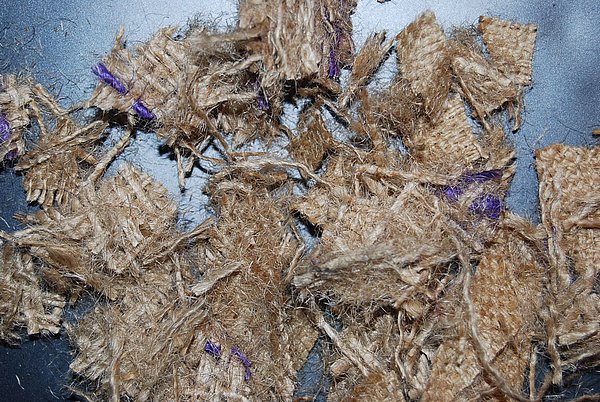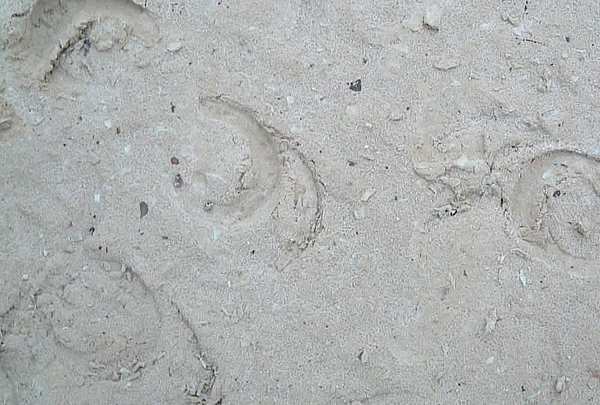Stable Stall Matting
Our highly durable stable stall matting is used in individual stable stalls. The sealed surface is slightly textured and requires a simple rabbet-groove installation. This cost-effective stable matting is slip proof, watertight, thermally insulating and noise reducing.
It is made of recycled PVC (quality controlled raw materials - excludes recycled cables). The sealed surface means a reduction in bedding material volumes and simplifies the removal or sweeping out of bedding or footing substances.
The benefit: a safe and warm base for the horse (pneumatic cushioning on the underside). The risk of injury from stamping and kicking is significantly lower than on concrete flooring, and, at the same time, the material composition prevents the deceleration of movement sequences, i.e. the stall matting is gentler on the horse's foot joints because it permits every rotational movement without hindrance.
Installation Dimensions
External dimension = 1000 x 850 mm= 0.85 m² per mat
Net installation: 970 x 820 mm= 0.80 m² per mat
- Length: 1000 mm
- Width: 850 mm
- Height: 27 mm
- Weight: c. 20 kg
- Material: 100% elastic PVC material, residue free with certificate
- Area of coverage: c. 0.8 m² per mat
Areas of application: Stable stalls, stable aisles, event footings
Benefits at a Glance:
- Can be installed directly on firm natural surfaces
- Urine and acid resistant
- High elasticity, shock absorbing and thermally insulating
- Lower bedding material requirement
- Simple rabbet-groove installation
- Easy to clean
- Can be cut to shape with a hand-held circular saw



![[Translate to English:] Boxen-Stallmatten](https://www.ehg-reitplatzbau.de/fileadmin/co_theme/Default/_processed_/f/c/csm_Stallmatte0001_1_73ea24fff6.jpg)






![[Translate to English:] [Translate to English:]](https://www.ehg-reitplatzbau.de/fileadmin/co_theme/Default/_processed_/f/b/csm_Sisalfaser_5a45332250.jpg)
